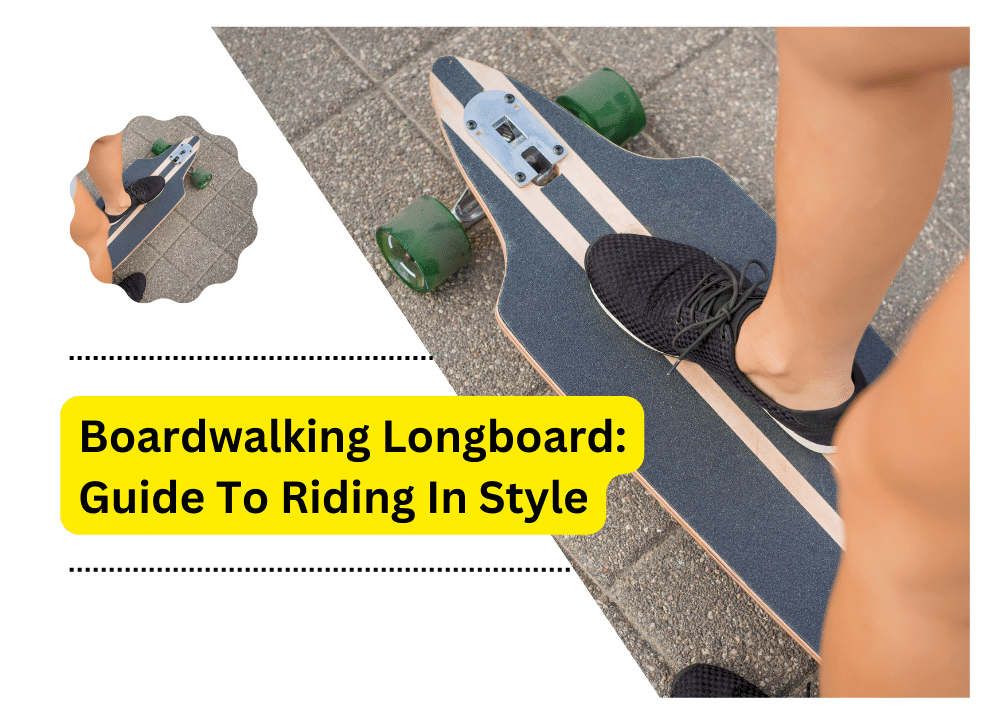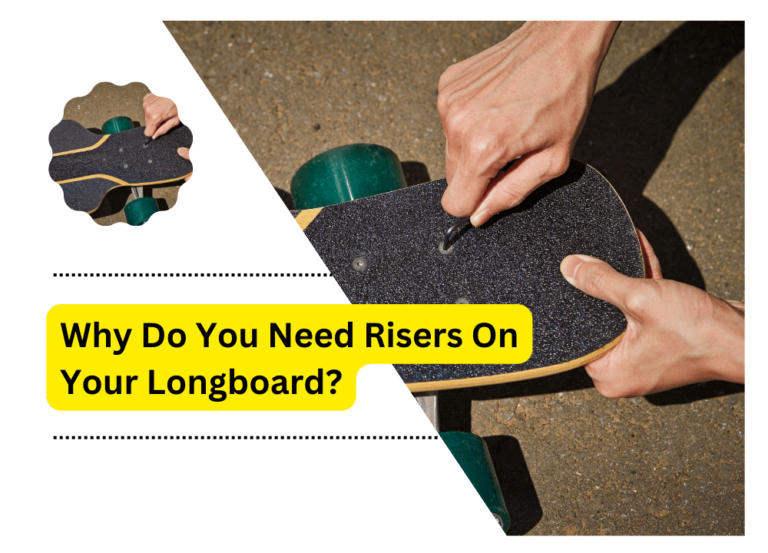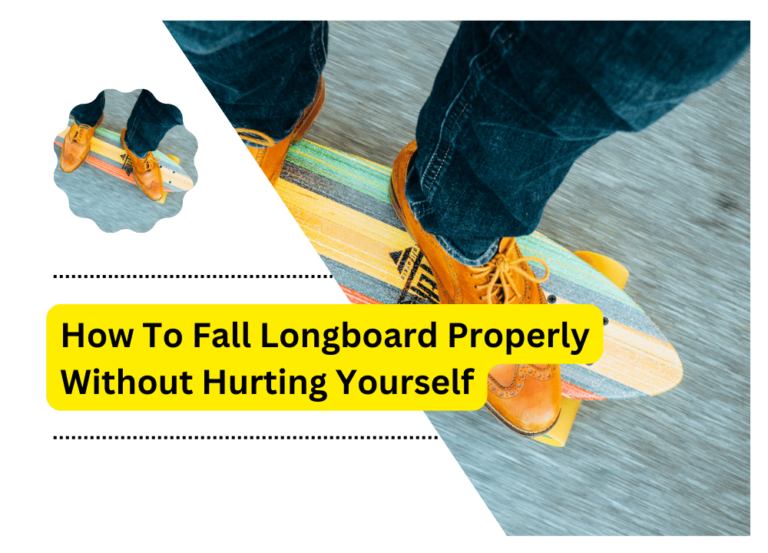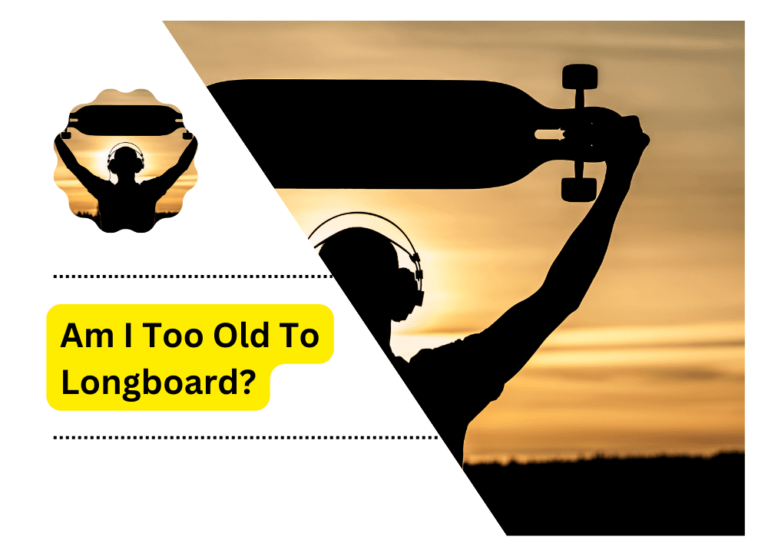Boardwalking Longboard: Guide To Riding In Style

Boardwalking on your longboard is a great way to enjoy the outdoors while staying active. It allows you to explore new paths and uniquely experience nature. To longboard, knowing how to ride safely is important. This guide will provide tips and advice for boardwalking longboard with style and confidence.
Choosing the Right Longboard
Selecting the right longboard for your needs before you embark on your boardwalking journey is important. Choose a board that fits your style and provides stability and performance. Different types of boards are suited for different riding styles, so choose wisely! Consider factors like turning radius, wheel size, weight capacity, and gear ratio before deciding.
Essential Gear for Boardwalking
Safety should always be a priority when boardwalking. Ensure you have the essential gear for your safety and comfort while riding. It includes a helmet, goggles, elbow pads, knee pads, and wrist guards. Other items that can come in handy are gloves, shoes with grip soles, and an LED headlight if you find yourself riding after dark.
Maintaining Your Longboard
Regular maintenance of your longboard is essential for a safe and enjoyable ride. Make sure to check the condition of your board before heading out on any adventures, as well as after each ride. Check all parts for wear and tear, including wheels, bearings, trucks, bushings, and deck flex. You should also check the tightness of your screws and bolts and lubricate them. It will help ensure a smooth ride and prevent any unexpected accidents.
Safety Tips
Choosing the Right Equipment
Before you start your boardwalking longboard adventure, picking the right longboard is crucial. Consider board length, width, and flexibility to ensure a comfortable and balanced ride.
Wearing Protective Gear
Safety should always come first when longboarding. Helmets, elbow and knee pads, and wrist guards can protect you from potential injuries.
Learning the Basics
Start by learning basic skills like balancing on the board, steering, and braking. Practicing these in a safe and controlled environment will prepare you for more challenging rides.
Practicing
Like any sport, boardwalking requires regular practice. Spend time each week to ride your longboard, and you’ll improve.
Respecting Others and the Environment
Remember to respect the rules of the trail and the rights of others sharing the path. Also, do your part in preserving the environment by not leaving litter behind.
Riding with Style and Confidence
Stance and Posture
Maintain a low center of gravity by leaning your body forward. Keep your arms close to your sides and your feet against the board. It will help you balance better and stabilize your ride.
Picking the Right Paths
Look for paths that have smoother surfaces and fewer obstacles. Also, be aware of the terrain to avoid unexpected bumps or dips. Pay attention to the weather conditions and traffic rules before deciding your route.
Becoming Comfortable with Speed
As your confidence grows, you may want to pick up speed on the board. Ensure you’re comfortable with your speed and know how to handle tight corners.
Trick Riding
Once you’re a pro at boardwalking longboarding, you can take your skills to the next level with trick riding. Learn basic tricks like ollies and kickflips to perform on the boardwalk.
Final Tips and Advice
A longboard is a great way to explore nature and get some fresh air, but being aware of your surroundings is also important. Watch for other riders, pedestrians, and wildlife while on the trails. It’s also a good idea to bring a map with you so you know where you are going and can plan your route.
Boardwalk is an exciting way to experience nature while staying active and having fun. With a bit of practice and the right gear, you can master the art of boardwalking in no time. So grab your longboard and get out there- it’s time to start exploring!
Have Fun!
Make sure you have fun while boardwalking! Boardwalk is an incredible way to enjoy nature and stay active – so don’t forget to enjoy the ride. Feel free to experiment and explore new paths – you never know what you might find! All in all, boardwalking on your longboard is an incredible experience that can open up a new world of possibilities. So get out there and have some fun!
FAQs
A: The best longboard for boardwalking fits your style and provides stability and performance. Consider factors like wheel size, gear ratio, stiffness, weight capacity, and flexibility before deciding.
A: When riding after dark, it’s important to be extra cautious and wear reflective clothing. You should also equip your board with an LED headlight to help improve visibility in low-light conditions.
A: Helmets, goggles, elbow pads, knee pads, and wrist guards are essential safety gear for boardwalking. Other items like gloves and shoes with grip soles can also be useful.
A: Regular maintenance is key to ensure a safe and enjoyable ride. Make sure to check all parts of your board for wear and tear and the tightness of screws and bolts before each ride. Lubricating them after each outing will help keep your longboard in good condition.
A: After mastering the basics, you can learn different tricks to take your boardwalking skills to the next level. Ollies and kickflips are great tricks to start with, as well as learning how to slide and carve.
Conclusion
Boardwalking longboard is a great activity for all ages and skill levels – it’s perfect for beginners! With the right gear, knowledge of safety tips, and practice, you’ll be boardwalking with confidence in no time. So hit the trails and have some fun- happy boardwalking!
Happy boardwalking also means being mindful of your surroundings. Ensure you stay aware of other riders, pedestrians, and wildlife while on the trails. Additionally, always bring a map with you so you know where you’re going and can plan your route.






